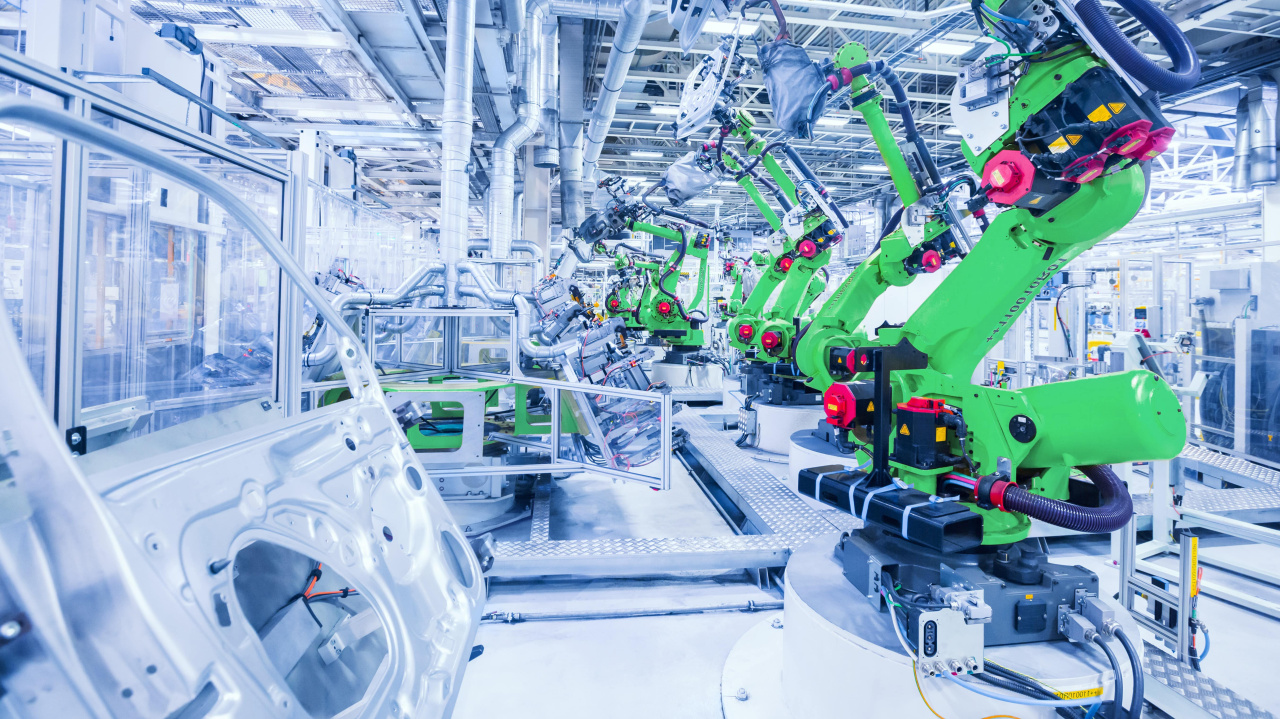Pay-per Use Equipment Finance, in the dynamic landscape for manufacturing finance, is emerging as an exciting factor that transforms conventional models and offers businesses an unprecedented degree of flexibility. Linxfour is leading this change in leveraging Industrial IoT in order to bring a completely new style of finance that will benefit both operators and manufacturers of equipment. We investigate the complexities involved in Pay-per use financing, its effects under difficult circumstances and how it transforms practices in finance by transforming from CAPEX to OPEX. This frees the process of preparing balance sheets according to IFRS16. For more information, click Off balance
The Power of Pay-perUse Financing
At its core, Pay per Use financing for equipment used in manufacturing can be a game changer. Instead of rigid fixed payments, businesses pay based upon the actual usage of the equipment. Linxfour’s Industrial IoT Integration ensures accurate tracking, transparency and eliminates any hidden charges or penalties if the equipment is not in use. This unique approach enhances flexibility in managing cash flow. This is especially important in periods of fluctuations in demand from customers as well as lower revenue.
The impact on sales and business conditions
The overwhelming majority of equipment makers is testimony to the possibilities of Pay per Use financing. Over 94% of the respondents think that this type of financing can boost sales even under challenging business conditions. The idea of balancing costs and equipment use is appealing to businesses who are looking to increase their spending. This also allows companies to offer more attractive loans to their clients.
Transitioning from CAPEX to OPEX: Accounting Transformation
The accounting aspect is a major distinction between traditional leases and Pay-per-Use finance. Businesses undergo a radical transformation when they switch from capital expenditures (CAPEX) and operating costs (OPEX) and Pay per Utilization. This has significant implications on financial reporting as it provides a more accurate view of the costs associated with revenue.
Unlocking Off-Balance Sheet Treatment under IFRS16
Pay-per-Use finance has a significant advantage over traditional financing as it can be used to get an off balance sheet treatment. This is a crucial consideration under International Financial Reporting Standard 16(IFRS16). Through transforming the cost of financing equipment companies can take these liabilities off the balance sheet. This approach not only minimizes the risk of financial loss, but also lowers the barriers to investing. It is a very appealing proposition for companies looking for an agile financial structure.
In the case of under-utilization, KPIs can be improved and TCO increased.
Pay-per Use model In addition, it is off-balance sheet, aids in increasing key performance indicators such as cash flow, free and total cost of ownership (TCO), particularly when there’s a lack of utilization. Traditional lease arrangements often create challenges when equipment doesn’t meet expected utilization rates. Pay-per-Use allows businesses to not pay fixed amounts for assets that are not being utilized. This can improve their overall financial performance as well as their overall performance.
The Future of Manufacturing Finance
As businesses continue to navigate the complexities of a rapidly changing economic environment, innovative financing models like Pay-per Use are paving the way to a more flexible and resilient future. Linxfour’s Industrial IoT approach benefits not only equipment operators and manufacturers and suppliers, but also aligns with the current trend of companies that are looking for viable and flexible financing solutions.
As a result, Pay-per-Use and the change in accounting to CAPEX (capital expenditure) to OPEX (operating expenses), and the off balance sheet treatment of IFRS16 mark a significant advancement in manufacturing finance. In a time when businesses are striving for financial agility, cost-effectiveness, and improved KPIs, adopting this innovative financing model is an essential step to keeping ahead with the ever-changing manufacturing environment.
